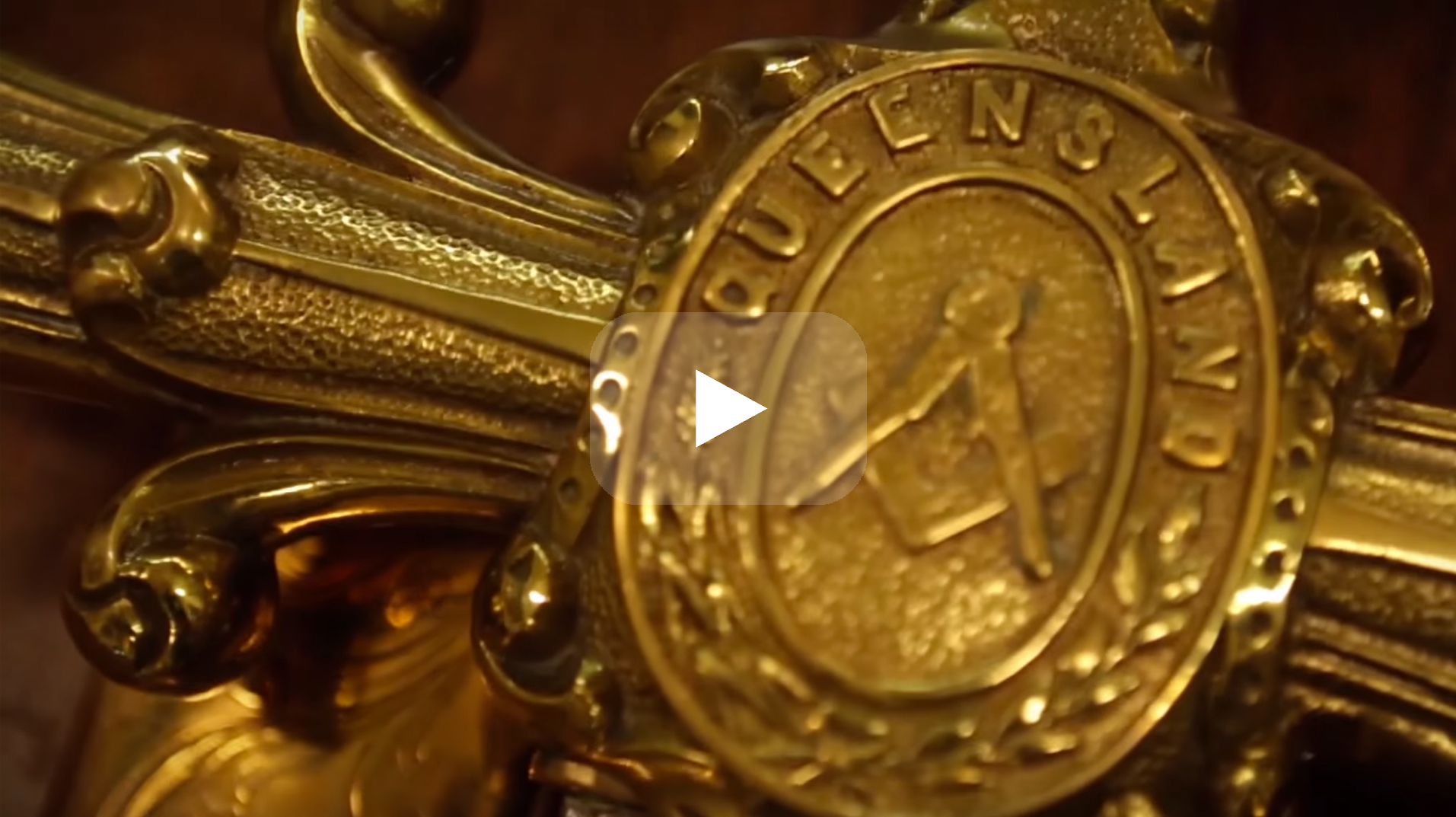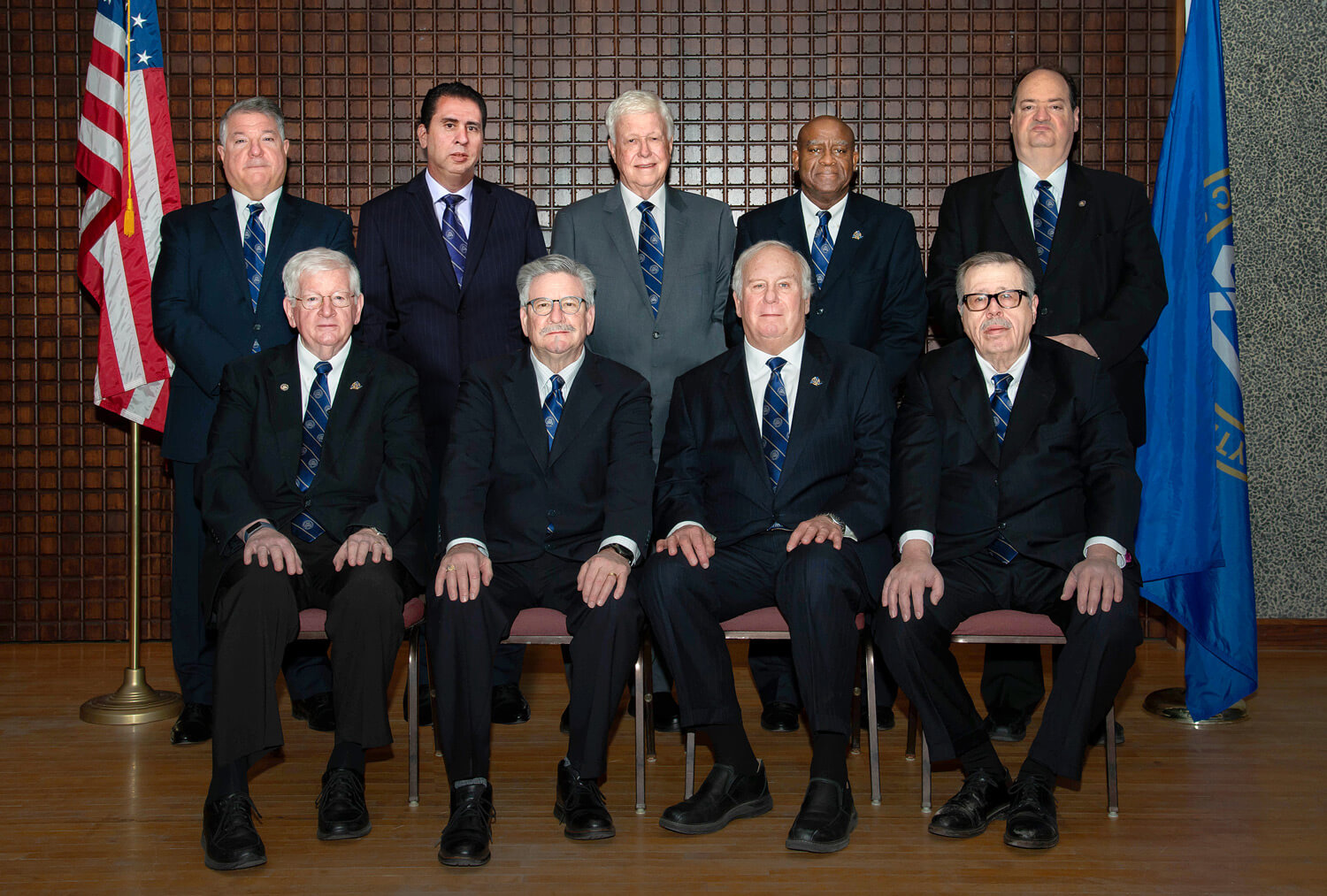Understanding the Steps of How to Become a Freemason with Confidence
Understanding the Steps of How to Become a Freemason with Confidence
Blog Article
Checking Out the Mysteries of the copyright: What You Required to Know
The copyright, a term usually shrouded in intrigue and controversy, stands for an intricate tapestry of historic reality and modern-day misconception. Developed in the late 18th century, this secret society was at first rooted in the Knowledge's ideals but has since come to be associated with conspiracy theories regarding elite control. As we browse the beginnings, crucial numbers, and the stark comparison between misconception and truth, one must take into consideration exactly how these narratives influence contemporary perceptions of power and privacy. What could be disclosed via a better evaluation of these aspects can challenge long-held presumptions regarding the darkness that stick around in our culture.
Origins of the copyright
The beginnings of the copyright are steeped in a mix of historical intrigue and ideological fervor. Established in 1776 in Ingolstadt, Bavaria, by Adam Weishaupt, the group was originally developed as a secret society targeted at promoting Knowledge perfects such as reason, secularism, and the separation of church and state. join freemason. Weishaupt, a teacher of canon legislation, sought to test the prevailing authority of the church and state, which he deemed overbearing organizations suppressing intellectual and personal liberty
The copyright sought to hire prominent participants from numerous social industries, including politics, academia, and the arts, to foster a network committed to these Enlightenment principles. The society operated under a veil of privacy, utilizing coded language and routines to secure its participants from mistreatment, particularly offered the repressive climate of the moment. The copyright dealt with considerable opposition from both governmental authorities and religious organizations, which watched the team as a threat to their power.
Trick Numbers and Participants
Who were the pivotal figures that shaped the copyright's early impact and direction? The Bavarian copyright, started in 1776 by Adam Weishaupt, arised as a reaction to the oppressive social frameworks of the time.
One more significant number was Johann Gottlieb Fichte, a famous theorist whose ideas on nationalism and education reverberated with the copyright's goals. Fichte was not a formal member, his philosophical supports influenced the group's ideological background. In addition, figures like the author and theorist Johann Wolfgang von Goethe were connected with the wider intellectual motions of the moment, although their straight participation with the copyright stays disputed.
These key numbers contributed to the copyright's early instructions, pressing the borders of political and social thought, while their cumulative efforts intended to test well-known norms and cultivate a climate of progressive adjustment in Europe. (join freemason)
Myths vs. Fact
Lots of misunderstandings border the copyright, frequently mixing truth with fiction in a way that covers its real nature. The idea that the copyright proceeds to exert considerable influence over globe occasions is a misconception.
An additional common misconception is that the copyright comprises a network of elite individuals controling international affairs. Actually, lots of conspiracy concepts additional resources overemphasize the group's relevance, connecting misguided intentions to societal patterns and occasions. This has led to an oversimplified view of intricate problems.
Furthermore, the representation of the copyright in pop culture typically more misshapes its legacy. Films and literature often tend click over here now to sensationalize the organization's duty, producing a story that diverges from historic truths. Understanding the difference between the myths and the fact of the copyright is essential for critical the real impact of this historical team and recognizing the broader effects of conspiracy theories in contemporary society.

Modern Interpretations
Contemporary interpretations of the copyright commonly mirror broader social anxieties and a fascination with privacy and power. This modern-day lens regularly associates the copyright with conspiracy theory theories that recommend a hidden elite manages globe events, manipulating federal governments and economies for their own gain. Such narratives take advantage of a deep-rooted wonder about of authority, specifically in times of situation or social upheaval.
In pop culture, the copyright is typically illustrated as an omnipotent company shrouded in enigma, bring about a variety of imaginary portrayals in literary works, film, and music. This representation serves not just to delight yet likewise to prompt considered the nature of power and control in modern society. Social network has actually additionally intensified these interpretations, permitting fast dissemination of conspiracy theory theories and creating neighborhoods that share and broaden upon these ideas.
Additionally, some modern-day interpretations mount the copyright as an allegory for the complexities of globalization and the interconnectedness of influential individuals and companies. This perspective motivates a vital exam of exactly how power dynamics run in today's world, highlighting the equilibrium in between transparency and privacy in administration and corporate techniques.
Social Impact and Legacy
Influenced by centuries of intrigue, the cultural impact and heritage of the copyright extend far past its historical origins. This secret culture, established in the late 18th century, has actually penetrated different facets of prominent society, from literature and film to music and art. join freemason. The principle of the copyright has actually progressed into a symbol of conspiracy concepts, usually standing for a regarded concealed power controling global occasions
In literary works, authors like Dan Brown have woven the copyright into intricate stories, fascinating readers with motifs of privacy and power. Films such as "National Prize" and "The Da Vinci Code" further bolster the appeal of the society, mixing fact with fiction to develop appealing narratives.

Eventually, the copyright's legacy is an intricate tapestry of myth and fact, shaping understandings of secrecy and control in modern discourse. Its long-lasting presence in society underscores mankind's seasonal quest for recognizing covert facts.

Conclusion
The how to join a masonic lodge exploration of the copyright discloses a complicated interplay in between historic truths and modern myth-making. Established in the Enlightenment era, this culture aimed to test oppressive frameworks, yet its legacy has been outweighed by conspiracy concepts that suggest elite adjustment. Understanding the differences between the original perfects and contemporary interpretations is crucial for comprehending the sustaining fascination with the copyright and its considerable impact on cultural narratives bordering power and secrecy in culture.
Report this page